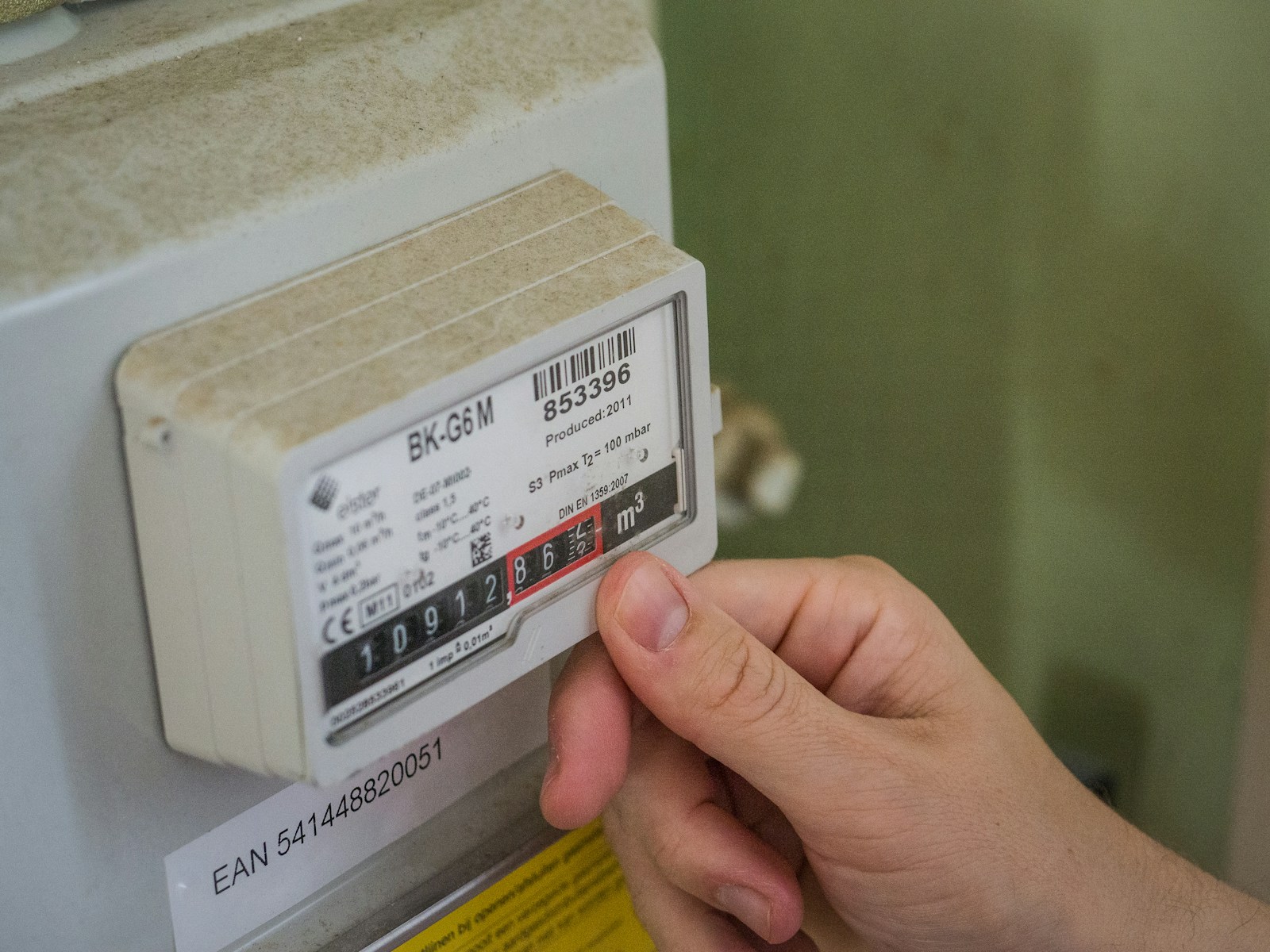Energy bills can strain your finances, but smart budgeting keeps costs under control. Planning ahead and adopting simple habits can prevent surprises. These 10 practical tips will help you manage your energy expenses, save money, and maintain comfort in your home year-round.
Track Your Usage
Monitoring your energy consumption reveals spending patterns. Check your utility bill or online account for monthly usage details. Many providers offer apps to track real-time data. Understanding your habits is the first step to budgeting.
High usage in summer or winter often signals HVAC overuse. For example, a spike in July might mean heavy AC reliance. Compare bills year-over-year to spot trends. This insight helps you plan for peak seasons.
Use a spreadsheet to log usage and costs monthly. Note weather or lifestyle changes that affect bills. Tracking empowers you to set realistic budgets and identify savings opportunities.
Set a Monthly Budget
Establishing a fixed energy budget keeps spending in check. Review past bills to estimate average costs, then add a buffer for peak months. Allocate funds monthly to avoid surprises. Consistency simplifies financial planning.
For a $150 average bill, budget $175 to cover spikes. Split this into weekly savings if needed, like $40. This ensures you’re prepared for unexpected increases, such as during heatwaves.
Adjust your budget seasonally based on historical data. Winter and summer often cost more. Sticking to a set amount encourages energy-saving habits and prevents overspending.
Use Budget Billing
Budget billing evens out payments by averaging annual costs into equal monthly bills. Contact your utility to enroll in this free program. It eliminates seasonal spikes, making budgeting easier. Predictable payments reduce stress.
If your yearly bill is $1,800, budget billing sets payments at $150 monthly. Over- or underpayments adjust at year-end. This smooths cash flow, especially for tight budgets.
Review your plan annually, as usage changes can affect estimates. Monitor consumption to avoid large year-end balances. Budget billing simplifies planning while maintaining service reliability.

Switch to Off-Peak Rates
Many utilities offer lower rates during off-peak hours, like nights or weekends. Shift high-energy tasks, such as laundry or EV charging, to these times. This simple change cuts costs. Check your provider’s rate schedule.
Running a dishwasher at night might save $20 monthly. Time-of-use plans can reduce bills by 10-20% if you adjust habits. For example, charge appliances after 9 PM when rates drop.
Install timers or smart plugs to automate off-peak use. If your plan doesn’t offer this, ask about switching. Off-peak rates make budgeting easier by lowering overall expenses.
Reduce Peak Usage
Cutting energy use during peak hours lowers bills, especially on time-of-use plans. Avoid running appliances like dryers or ACs in late afternoons. Small shifts in habits save money. Plan your day strategically.
Peak hours, often 4-7 PM, charge higher rates. Using fans instead of AC during this time can save $15 monthly. Pre-cool your home earlier to maintain comfort without extra cost.
Cook meals in the morning or use a microwave to avoid oven heat. These tweaks reduce demand during pricey hours, keeping your budget on track and bills predictable.
Insulate Your Home
Poor insulation drives up heating and cooling costs, straining your budget. Sealing gaps and adding insulation stabilizes temperatures, reducing energy use. This one-time fix offers long-term savings. Start with attics or windows.
A $50 caulk and weatherstripping kit can save $100 yearly. Adding attic insulation might cost $500 but cuts bills by 20%. These repairs lower monthly expenses, freeing up budget space.
Check for drafts with a candle or smoke pencil. Prioritize high-impact areas like exterior walls. Insulation investments pay off quickly, making energy costs easier to manage.
Upgrade to LED Lighting
Switching to LED bulbs slashes lighting costs, a key budget line item. LEDs use 75% less energy and last longer than incandescent bulbs. This easy swap reduces bills noticeably. Start with high-use rooms.
A $5 LED bulb saves $80 over its life, cutting $10-$20 off yearly bills. Replace five bulbs to save $50 annually. Look for utility rebates to lower upfront costs.
Turn off lights in empty rooms to maximize savings. Use motion sensors for outdoor lights. LEDs stretch your energy budget further, keeping more money in your pocket.
Maintain Appliances
Well-maintained appliances use less energy, helping you stick to your budget. Clean fridge coils, dryer vents, and HVAC filters regularly. These quick tasks prevent waste. Schedule maintenance now.
A $15 HVAC filter saves 5-15% on bills by improving airflow. Cleaning dryer vents cuts drying time, saving $30 yearly. Regular care keeps appliances efficient and costs predictable.
Check water heaters and seal leaks to avoid overwork. Annual tune-ups for HVAC systems prevent costly spikes. Maintenance ensures your budget accounts for steady, low usage.
Use a Smart Thermostat
Smart thermostats optimize heating and cooling, keeping bills within budget. Set schedules to lower temperatures when you’re away or asleep. Remote control via apps prevents waste. Invest in one today.
A $100 smart thermostat saves 10-15% on bills, or $150 yearly. For example, lowering heat at night cuts costs without discomfort. Many utilities offer rebates to reduce purchase price.
Learn your model’s features, like geofencing, to automate savings. Pair with insulation for bigger gains. Smart thermostats make temperature control budget-friendly and efficient.
Explore Financial Assistance
Energy assistance programs help low-income households manage bills. Check with your utility or government for LIHEAP or similar programs. These reduce costs, easing budget pressure. Apply early to secure aid.
LIHEAP can cover $200-$1,000 of annual bills, depending on income. Weatherization programs offer free insulation upgrades, saving $300 yearly. Local charities may also provide grants or discounts.
Submit applications with income proof for fast approval. Combine assistance with energy-saving habits for maximum relief. These programs keep your budget intact during tough months.
Conclusion
Budgeting for energy bills is easier with these 10 tips. From tracking usage to using off-peak rates, small steps keep costs predictable. Start with one or two strategies today. Your finances will stay on track, and your home will remain comfortable.
